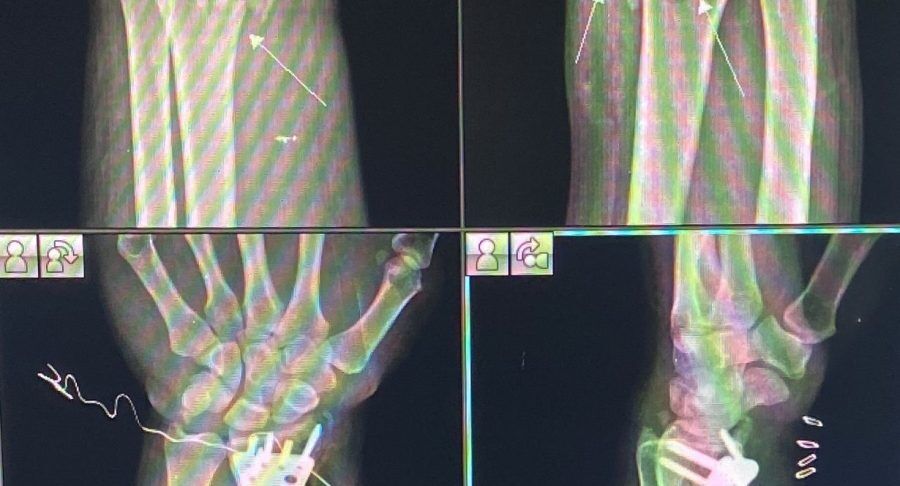Arthritis
- Home
- ARTHRITIS

Arthritis is a form of joint disorder that involves inflammation of one or more joints. There are over 100 different forms of arthritis. The most common form, osteoarthritis (degenerative joint disease), is a result of trauma to the joint, infection of the joint, or age. Other arthritis forms are rheumatoid arthritis, psoriatic arthritis, and related autoimmune diseases.
Signs & Symptoms
The most common symptoms of arthritis are:
- Joint pain
- Joint swelling
- Redness of skin around a joint
- Stiffness, especially in the morning
- Limited movement
Causes
Its major causes are:
- Infection, usually by bacteria or virus
- Broken bone
- An autoimmune disease
- General “wear and tear” on joints
Treatment
Arthritis in initial stages can be managed by medications. Anti-inflammatory drugs often suppress the pain and limit swelling. Once the joint cartilage has been damaged to an extent that any attempt to use it is very painful and X-rays confirm the severe destruction, surgical options need to be considered.
Surgery should be advised after a thorough general check-up of the patient. And peri-operative care is highly co-ordinate between surgeon, anesthetist, physician, physiotherapist or any other specialty depending on patient’s health status.
Various Surgical interventions are available for arthritis depending on the severity of patient’s condition and the doctor’s assessment. These include:
Arthroscopic Debridement
A telescope is inserted into the knee and products of wear and tear are removed.
High Tibial Osteotomy
The shin bone (tibia) is cut at the upper end and realigned to distribute the loads in a knee which is only partially arthritic.
Total Knee Replacement
Total knee replacement or ‘Arthroplasty’ is relining of the joint (bone end surfaces) with artificial parts called Prostheses. This has a new design called High Flexion Knees permitting near complete range of movement.
Unicondylar Knee Replacement
In some patients only one half of the knee joint is worn out. In these situations only one side of the knee is replaced. It can be done in specific conditions, which only the surgeon can judge and advice. Unicondylar Knee Replacement is comparatively economical and since the operation is less extensive, the post-operative recovery is faster.
Total Hip Replacement
There are two major types of Total Hip Replacements: a cemented prosthesis and an un-cemented prosthesis. Both are widely used. Patients must give a detailed account of their medical history to the Surgeon as it may have a bearing on their operation and its result.
